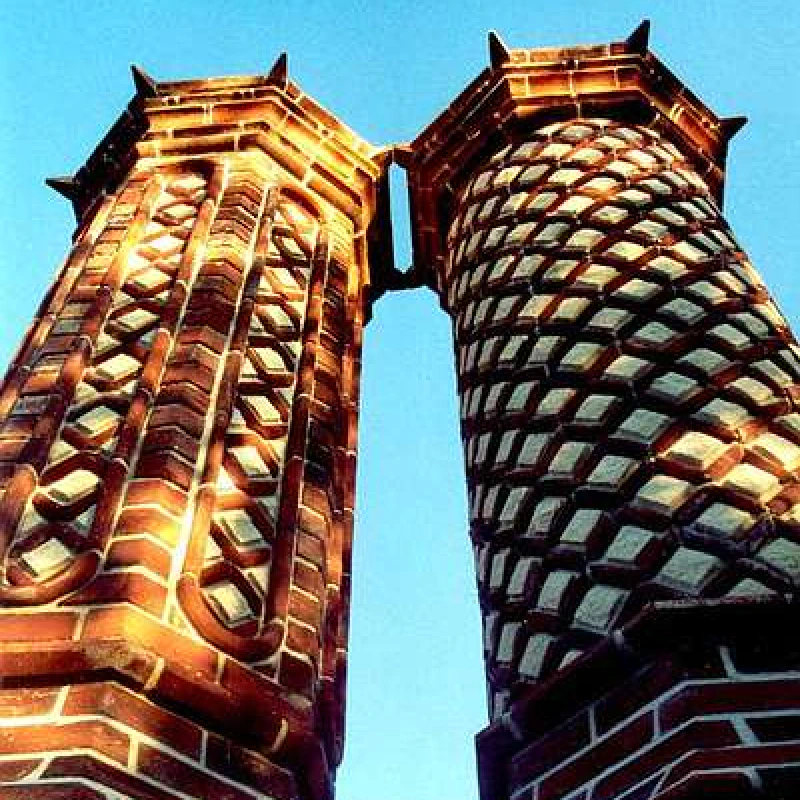Experienced Inspection Service at Your Fingertips
Chimneys
Masonry Chimneys
The most common material used for chimney construction up to about the mid 1980s was masonry ( brick, tile, block, etc.) Many of the masonry chimneys built prior to the early 1920s were unlined. This means they did not have a tile liner on the interior of the chimney to protect the masonry from natural deterioration caused by products of combustion. If your home contains this type of chimney you should seriously consider having the chimney relined or rebuilt depending on its condition.
The major portion of chimney deterioration will occur from the roof line up where it is exposed to the elements. This will apply whether it is lined or not. All masonry chimneys must have a cap or crown that protects the chimney top from the elements and keeps water from laying on top and penetrating into the structure. Water penetration through the chimney top is the most common deteriorating factor. Most chimney caps are not properly constructed and will require repairs or more likely rebuilding after about 20 years. If properly constructed, and they rarely are, can last 50 years or more.
Water penetrating the chimney top, particularly in the northern climates of the United States will be subjected to freeze and thaw cycles, which destroys the masonry. This can occur within a few years if the chimney top is poorly constructed.
The flashings around the chimney, if not properly installed, will also allow water to penetrate the structure causing deterioration. It should be quite clear that water penetrating the chimney structure through the top and/or the flashing is the major element that will reduce the useful life of any chimney and therefore should be prevented.
Metal Chimneys
Metal chimney structures have become quite popular in use since the mid 1960s. Today we find them to be used more frequently than masonry, particularly in the lower priced homes. In some cases, they are better and easier to maintain than masonry. Not unlike masonry, they will usually deteriorate from the roof lineup in the form of rust. Like masonry, they do need a cap to prevent water penetration. When rusting does occur special paints should be used to coat them. If rusting becomes severe, those parts should be replaced.
Flashing
There are so many different types and names for flashings that an attempt to name and describe them all would be more technical than the intent of this text.
Flashings are usually metal, most commonly copper or aluminum but can also be a composition material. They are used to keep roofing materials watertight whenever there is a change in elevation, direction, or penetration of roofing materials. The metal flashings will generally last through at least two cycles of roof covering or in the case of copper flashing much longer. Two of the most common failures of roof flashings will occur at the roof valleys ( where two roof elevations converge ) and at chimneys where they penetrate the roofing. When roof flashings leak, tar or roof cement is used as a temporary repair until permanent flashings are installed. It is usually more practical to replace flashings while resurfacing the roof.




